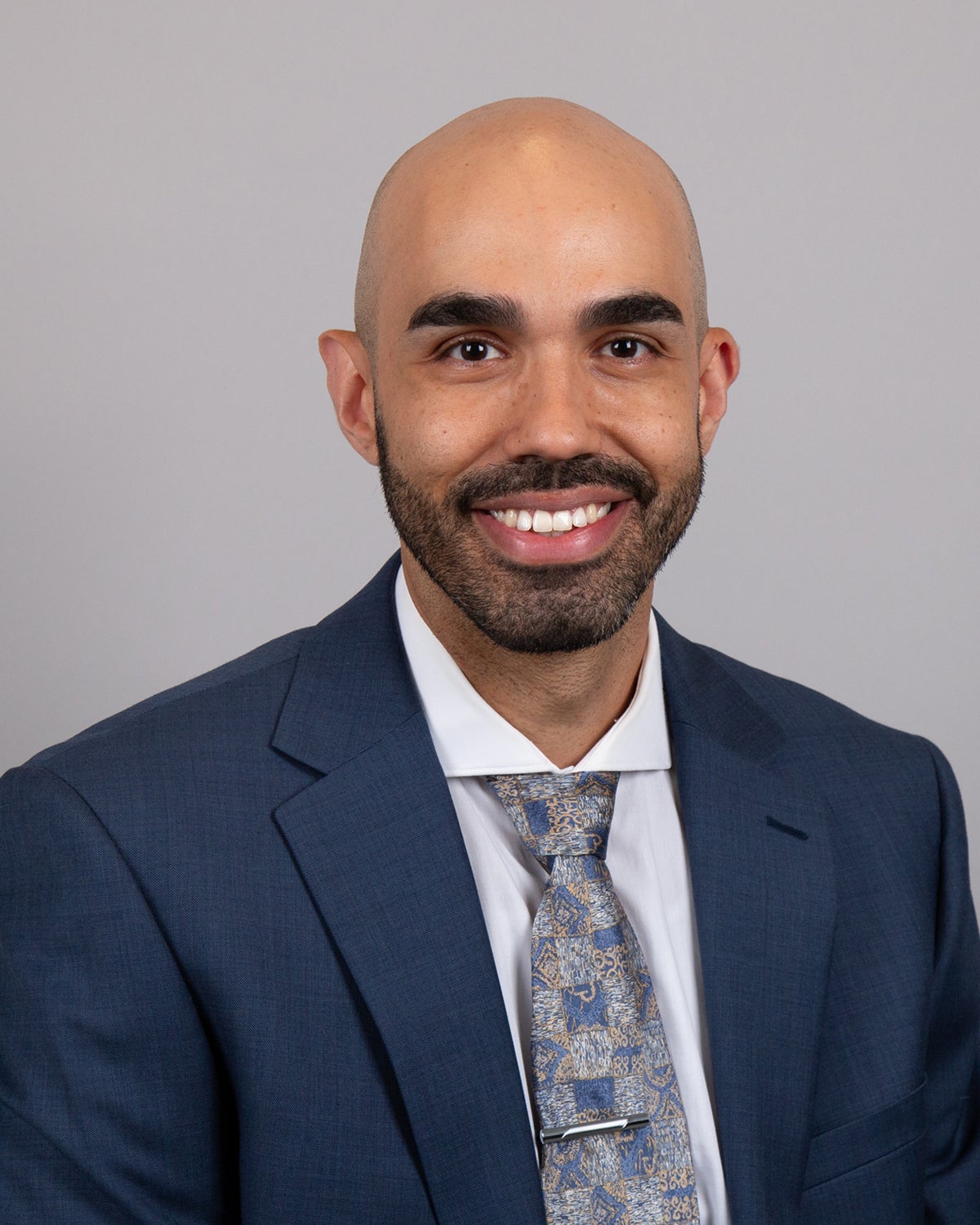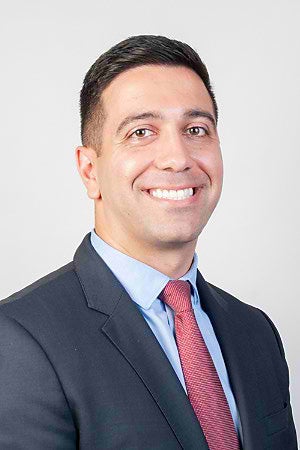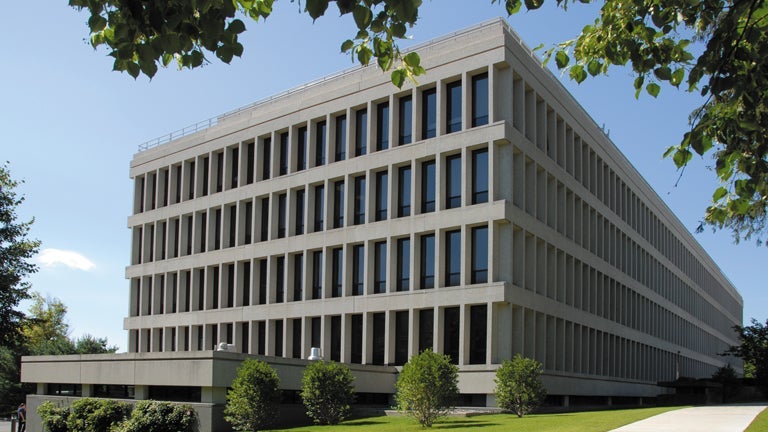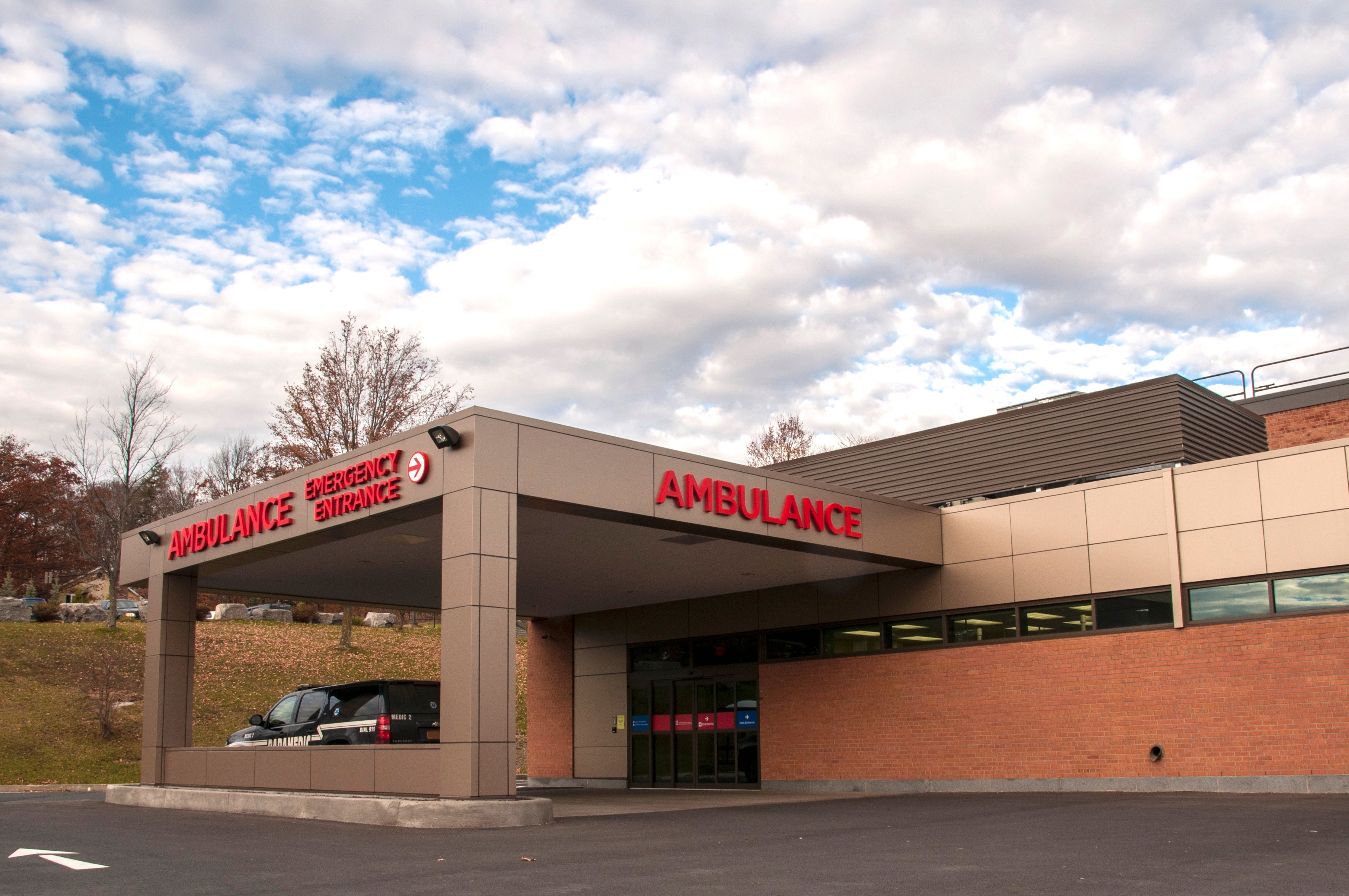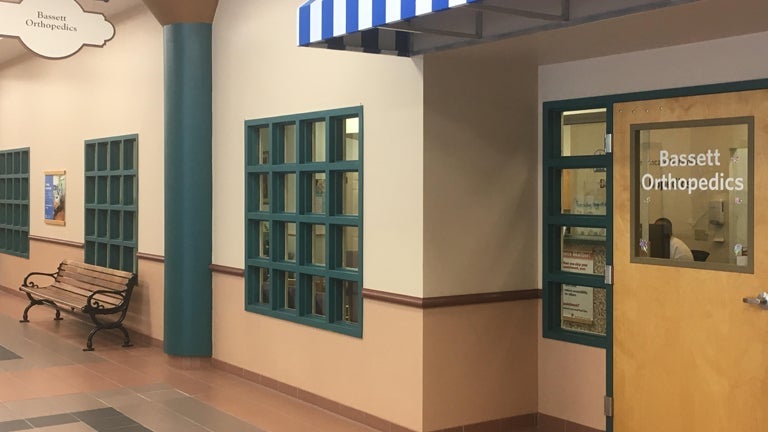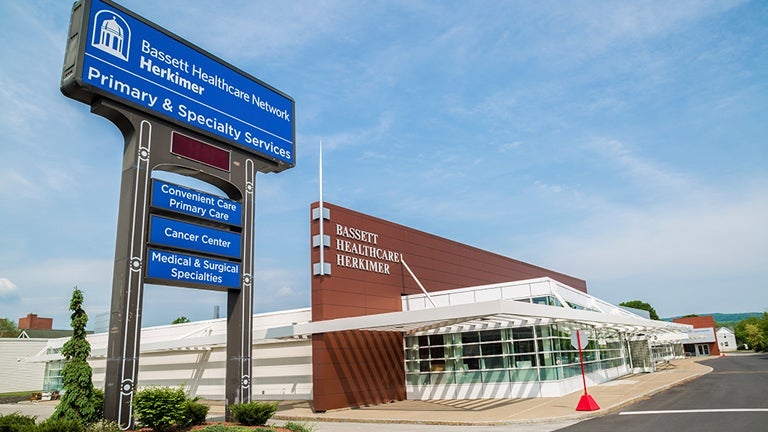Elbow Pain
Why Does My Elbow Hurt?
The elbow is one of the most active joints in the body. Elbow joint pain can turn any activity involving the arms into a difficult and painful challenge.
Our team of orthopedic specialists will begin by diagnosing the source of your pain, and reviewing treatment options with you to get you back to your normal routine.
Symptoms of Elbow Problems
People with elbow pain may have one or more of the following symptoms:
- Dull, irritating ache in the elbow
- Reduced range of motion and flexibility
- Deformity
- Stiffness or swelling
- Redness or warmth
Conditions That Cause Elbow Pain
Typical causes of elbow pain include injuries, overuse or repetitive motions, arthritic conditions, common disorders, and lifestyle factors.
Elbow Injuries & Disorders
Common elbow disorders and injuries resulting from trauma, normal wear and tear, repetitive motions or overuse include:
Known in the medical field as “lateral epicondylitis,” tennis elbow occurs when the tendons become inflamed or damaged from overuse and repetitive motions, and results in pain and tenderness of the elbow joint.
While tennis elbow involves inflamed or damaged tendons on the outside of the elbow, golfer’s elbow involves inflamed or damaged tendons on the inside of the elbow.
Often referred to as “ulnar nerve entrapment,” cubital tunnel syndrome occurs when the ulnar nerve in the elbow becomes compressed or irritated. The ulnar nerve is most commonly known as the “funny bone.” Symptoms include numbness or a tingling sensation for an extended period of time.
Often referred to as “RSD,” this chronic elbow pain disorder occurs after a surgery, injury, heart attack, or stroke. The chronic arm pain associated with RSD may be caused by nerve dysfunction or inflammation.
Usually occurring after injuries such as falling from a great height, dislocated elbows are the result of the elbow joints separating. Severe pain and disfiguration are common symptoms. Seek immediate medical care to have a dislocated elbow re-aligned and to avoid long-term damage.
This condition occurs when one or more tendons become inflamed, which may be caused by wear and tear, overuse, aging, or a previous injury that didn’t heal properly. The most common form of elbow tendonitis is tennis elbow.
Often referred to as “pulled muscles,” muscle sprains and strains are common sources of elbow pain. A sprained elbow involves overstretching or tearing of the ligaments, while a strain involves overstretching or tearing of the tendons or muscles.
When tendons and ligaments are stretched beyond their normal range of motion, they may tear partially or completely. A common location of a ligament tear in the elbow is the ulnar collateral ligament (UCL). UCL tears are common in throwing sports such as baseball and softball.
Sometimes referred to as a “broken elbow,” a fracture is caused by a traumatic impact, such as a fall, sports injury, or a motor vehicle accident. One or more of the elbow’s bones may crack partially or break completely. The pain is severe, and may cause the elbow to appear deformed. Elbow fractures should be treated immediately at the nearest emergency room.
Additionally, injuries that don’t heal completely may lead to osteoarthritis and as a result, the degeneration of the elbow joint. Always see a medical professional after experiencing an elbow injury to minimize lifelong damage to the surrounding joints, tendons, and muscles.
Arthritic Elbow Conditions
The most common arthritic conditions that cause elbow pain include:
Commonly referred to as “R.A.,” rheumatoid arthritis is the most common type of arthritis that affects the elbow. R.A. breaks down elbow cartilage, causing painful swelling (often severe) and stiffness.
Osteoarthritis results from normal wear and tear, overuse, and aging. Osteoarthritis breaks down the protective cartilage, causing the elbow bones to rub against each other and deteriorate, which leads to pain, stiffness, and inflexibility.
Post-traumatic arthritis occurs many years after an elbow injury. This results in degenerative cartilage damage, stiffness, and joint pain.
Learn more about common elbow injuries, diseases, and conditions.
Elbow Pain Diagnosis
Our orthopedic specialists may begin by ordering specific imaging or diagnostic tests for your elbow, including:
- CT scans
- MRIs
- X-rays
We will also review your medical history, ask about your daily activities, and perform a detailed examination of your elbow and its surrounding muscles, tendons, and joints to determine which treatment options will work best for you.
Non-surgical Treatments
Depending on your diagnosis, our orthopedic specialists usually begin with conservative treatment options that don’t require surgery. Non-surgical options include:
- Oral anti-inflammatory medication
- Physical therapy
- Injection therapy
- Osteopathic therapy, in which a specialist manipulates your muscles and joints using stretching, gentle pressure and/or resistance to improve your structure and function
Surgical Treatments
Surgical options include:
- Fracture fixation
- Tendon or ligament repair
- Arthroscopy — A minimally invasive procedure where an arthroscope is inserted into the elbow joint via a small incision. Elbow arthroscopy allows for visualization and treatment of cartilage and tendinous injuries through very small incisions, which leads to a more rapid recovery.
Schedule an Appointment to Relieve Your Elbow Pain
If you’re experiencing elbow pain, contact the orthopedic team at Bassett Healthcare Network by calling (607) 547-3652. Our specialists will diagnose the cause of your pain and review treatment plans based on your preference and personal needs.
Bassett Healthcare Network’s orthopedic specialists offer non-invasive and minimally-invasive elbow pain treatments in Central New York, including Herkimer, Oneonta, Delhi, Cooperstown, and Cobleskill.
